QuestionWe started out with a 10 gallon fresh water tank with 2 angels and 8 neons in February 2007. All was well with our water tests and the fish seemed happy. We keep the tank at 80 degrees. They preferred bloodworms as I could swear we received some dirty looks if we ever gave them flakes. We decided to upgrade to a 20 gallon tank and add two more angels and 3 more neons about 2 weeks ago. We moved most of the old water into the new tank and let it run for 2 days before we added our fish. The water is changed 10% every three days. The older angels started to act weird and hide in the corner but they still ate so we didn't worry. One of the fish then stopped eating and then developed red streaks and white spots on his eyes. We added PimaFix and he started to get better the next day. He continued to improve over the next couple of days so we planned to keep the treatment up but he was upside down this morning but his fins were still moving. The other fish were swimming around like crazy and I wasn't sure if our angel was dead yet. I didn't want to contaminate the other fish so I siphoned some water into our water changing bucket and put him in there. He was breathing and moving his fins but upside down. He was trying to right himself but couldn't. I have been googling all day trying to find out what we did wrong and how to save our other angels but am not sure if more chemicals would help. We check and change the water often. We got a live banana plant that thrived so we thought all was well in our tank but now the other older angel fish has red spots and the fins look ragged. Sometimes our pet store seems more interested in selling us things that offering good advice. I'd like to save our angel but am not sure how without killing our other fish. Can you recommend a treatment? Thank you.
AnswerHi Ann Marie,
The symptoms you describe and the series of events paint a very clear picture. You seem like you have read your fair share, I'm surprised with all of your research you have not come upon the answer yourself. What you have is classic "new tank syndrome" - the tank is uncycled, and angelfish are particularly sensitive to water quality, much preferring a mature tank with aged water, so they are showing all of the classic signs of ammonia exposure. Do you know about beneficial (nitrifying) bacteria - cycling, etc.?
This article will explain it to you in digestible terms:
http://freshaquarium.about.com/cs/biologicalcycle/a/nitrogencycle.htm
When you upgraded the tank (a good thing) you probably threw away the dirty filter media (a bad thing) and have just new filter media in there. Unfortunately, most of the bacteria is in the filter media and gravel, so if you threw out the filter media and washed the old gravel in tap water, or used all new gravel, you essentially started over. What you need to do is test your water for the basic three water quality parameters - ammonia, nitrites, and nitrates. Ammonia is very deadly and must be 0 ppm, nitrites are toxic too and ought to be 0 ppm also - in a healthy, cycled tank, this is always so. Nitrates can be as high as 20 ppm, but in a brand new tank you are probably not seeing nitrates yet.
Do some major water changes to correct your water quality, 20% daily would not be too much. Add aquarium salt, which is really just the same as cooking salt or sea salt, non-iodized salt that is - as this will help with the exposure to toxic ammonia and/or nitrite. You should keep the water as clean as possible in order to stop the fin rot, it might be too late for the angelfish you described in detail. Disorientation or buoyancy issues, red streaks - all of these indicate some serious toxicity. Feed almost not at all, or stop feeding, during this critical time. Starvation is the last thing that will hurt your fish.
Remember, ammonia is very toxic so even .25 ppm, which may seem like no big deal, is going to cause one or more of the usual environmental illnesses - popeye, finrot...these are all diseases that suggest a new tank or a tank with otherwise poor water quality. Ich and fungus are others, but ich is also a contagious disease. Before your pet store tries to talk you into medicating for any of these ailments, know that water quality is the likely cause and the likely solution, so take their advice with a grain of salt...
Let's just hope things don't get any worse! Keep changing water, and don't worry about using the oils/extracts from API (Melafix and Pimafix) they are expensive and only minimally useful. An air pump blasting away with airline tubing and an airstone at the end of it will do much more to heal your fish. The temperature you have is warmer than necessary, but right now a little elevated temperature might not be a bad idea as a precaution. Usually, a temperature of 75-78F is advised.
Once the water quality is tested, determined - do water changes as needed, your goal is to bring that ammonia and/or nitrite down to 0 ppm! Once this is achieved, consider medicating if things get worse. Medication is not going to help until the water quality is fixed, however, so make that your priority.
I hope that helps! You will need much more room to keep four angels when they grow to their adult size, about twice the size tank you have - a 55 gallon would be ideal. Like all cichlids, they need clean water, a varied diet (bloodworms alone will make them bloat, and is nutritionally not complete) with a staple such as New Life Spectrum pellets. Not to mention room to stake out territories - with angelfish, we are talking about cichlids after all, a notoriously territorial family - and grow out..
Take care,
Nicole
P.S. One thing that might help you in your research is if you type the scientific name, Pterophyllum scalare into Google instead of the common name, which will return lots of results about marine fish...and Scottish rock bands!

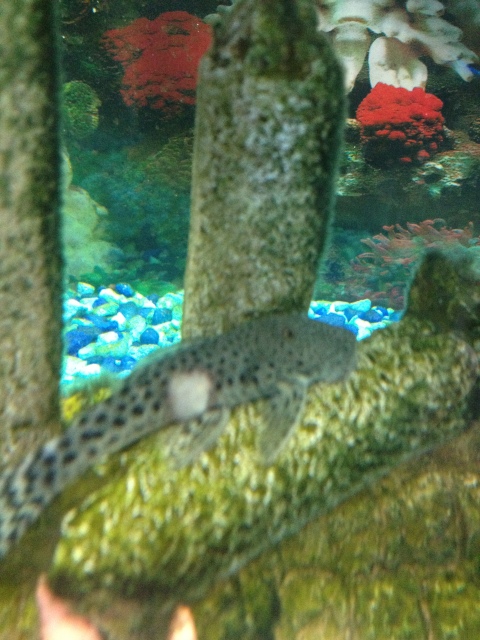 Rubber lip pleco
Question
pleco spot
i have a 10 gallon set up wi
Rubber lip pleco
Question
pleco spot
i have a 10 gallon set up wi
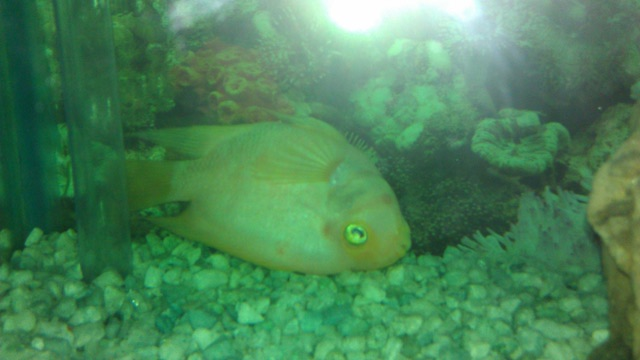 my 3 year old parrot stays upside down in the bottom of the tank.
Question
parrot laying upside d
Hello,
My parro
my 3 year old parrot stays upside down in the bottom of the tank.
Question
parrot laying upside d
Hello,
My parro
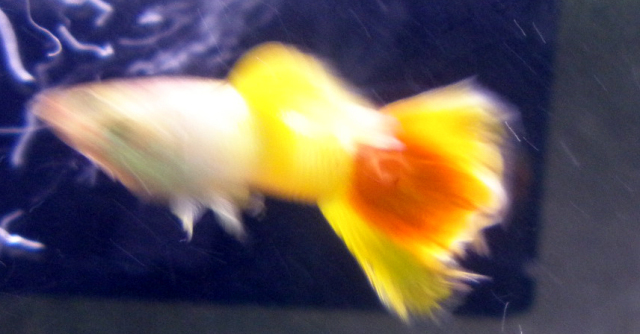 tail growth
QuestionQUESTION: I have had a male guppy for several m
tail growth
QuestionQUESTION: I have had a male guppy for several m
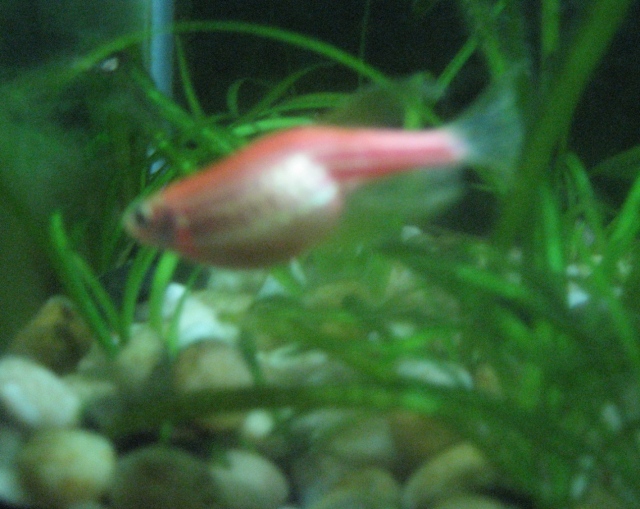 Red Danio with a large belly
Question
Red Danio with a large
Hi there,
My fis
Red Danio with a large belly
Question
Red Danio with a large
Hi there,
My fis
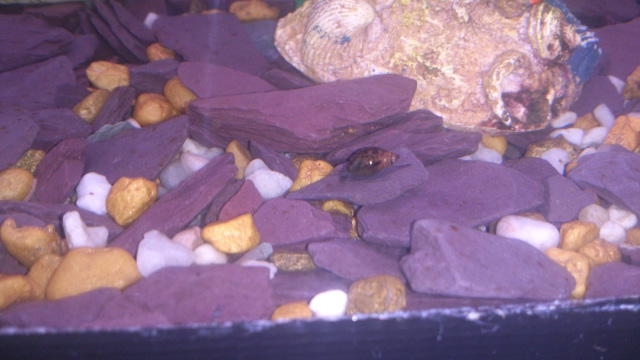 snails
Question
snail
Hi
I have recently set up my aqua
snails
Question
snail
Hi
I have recently set up my aqua